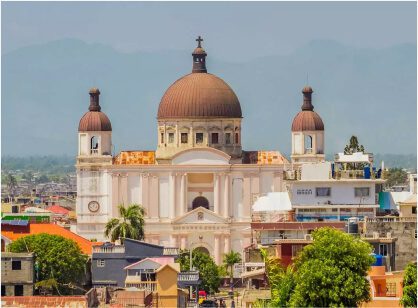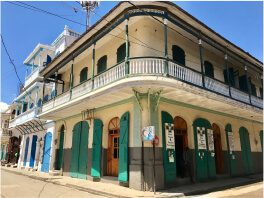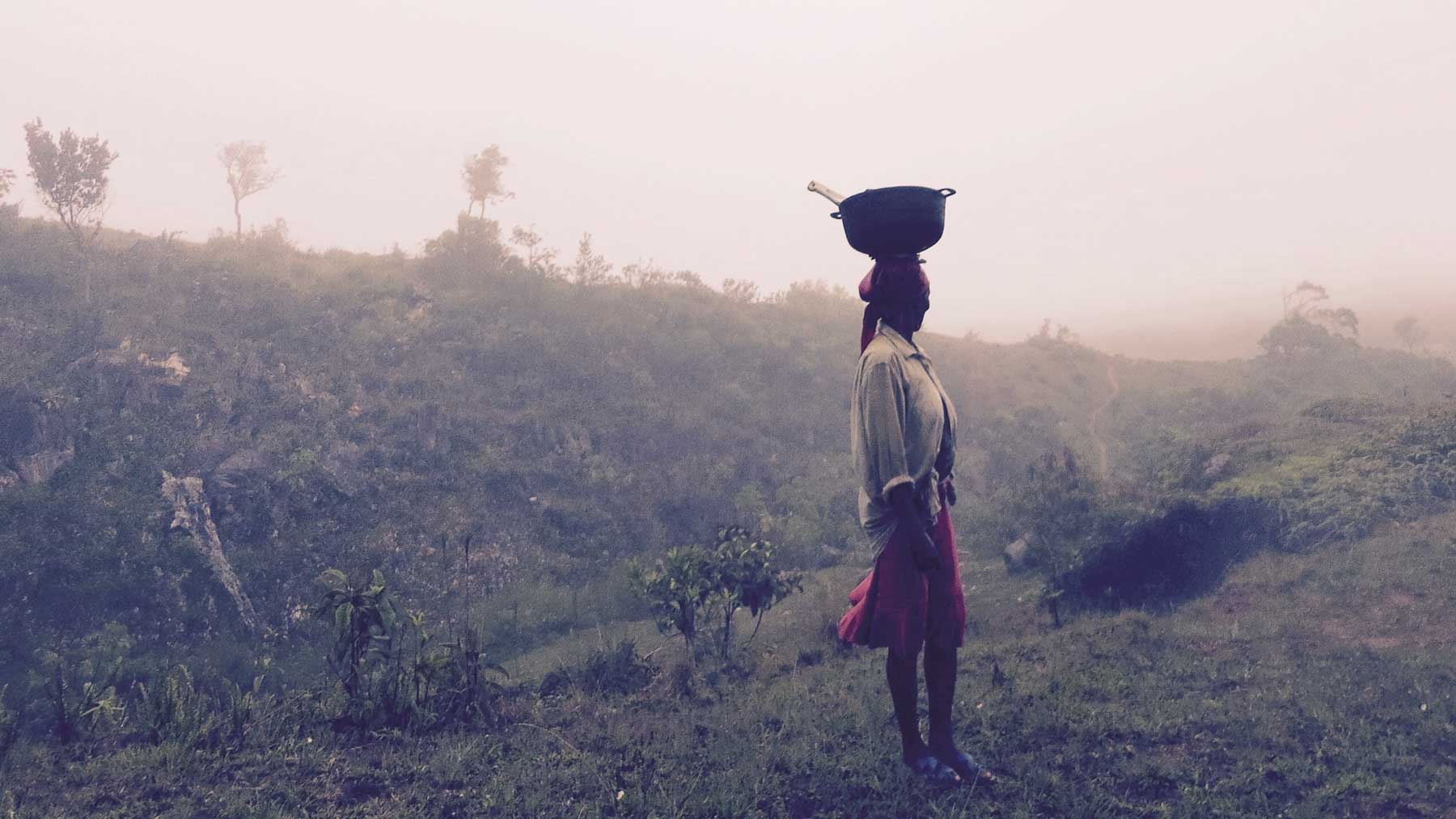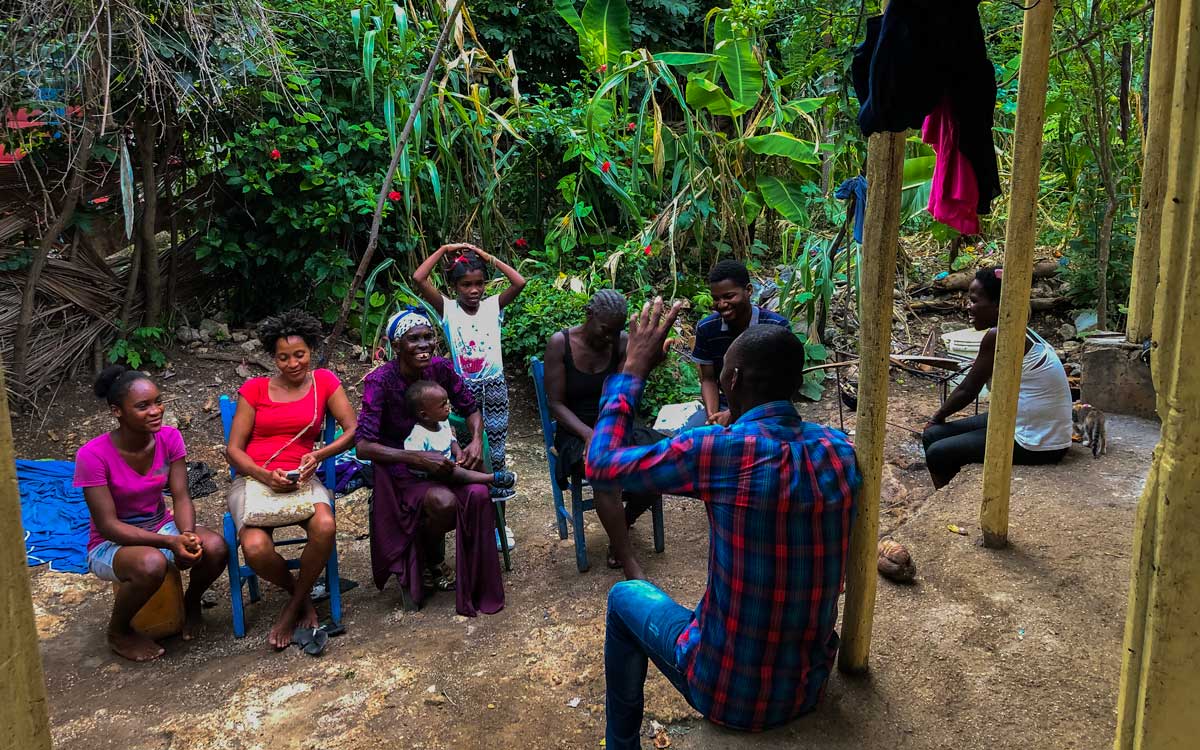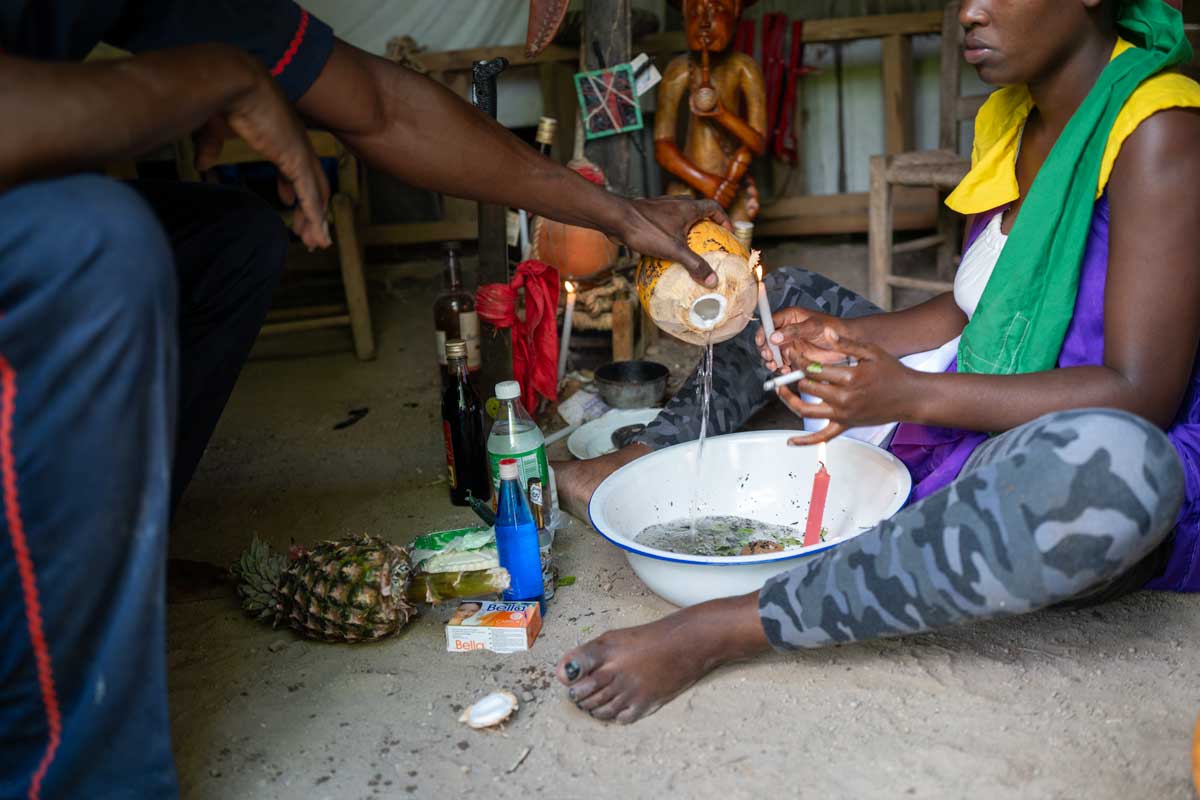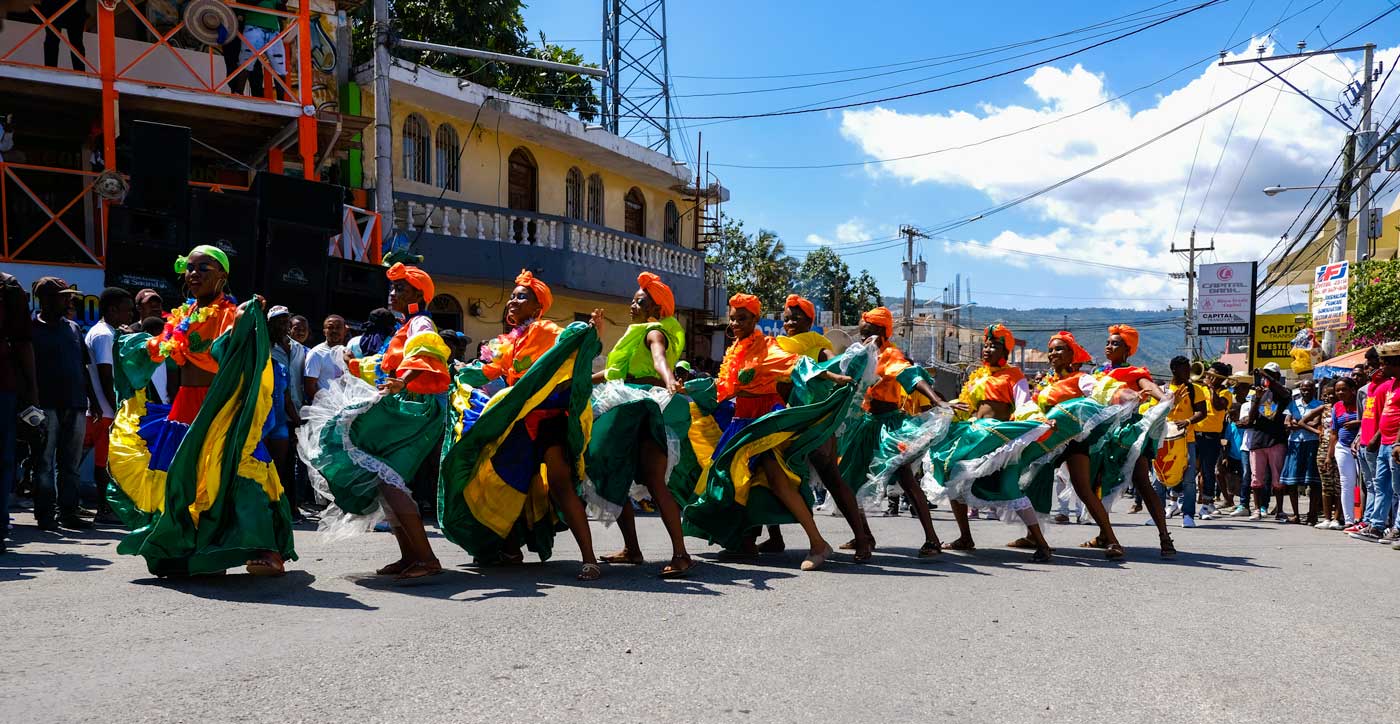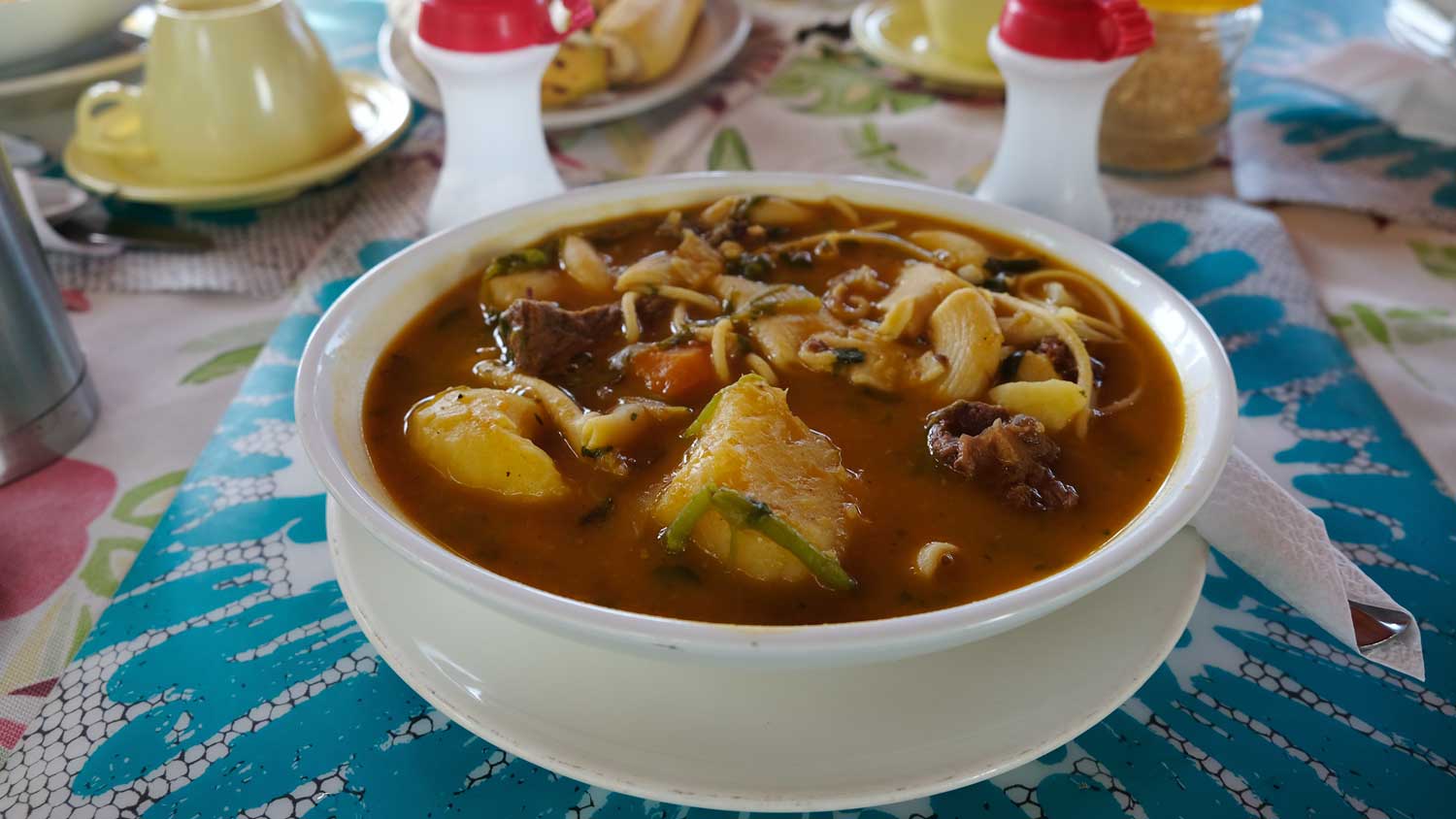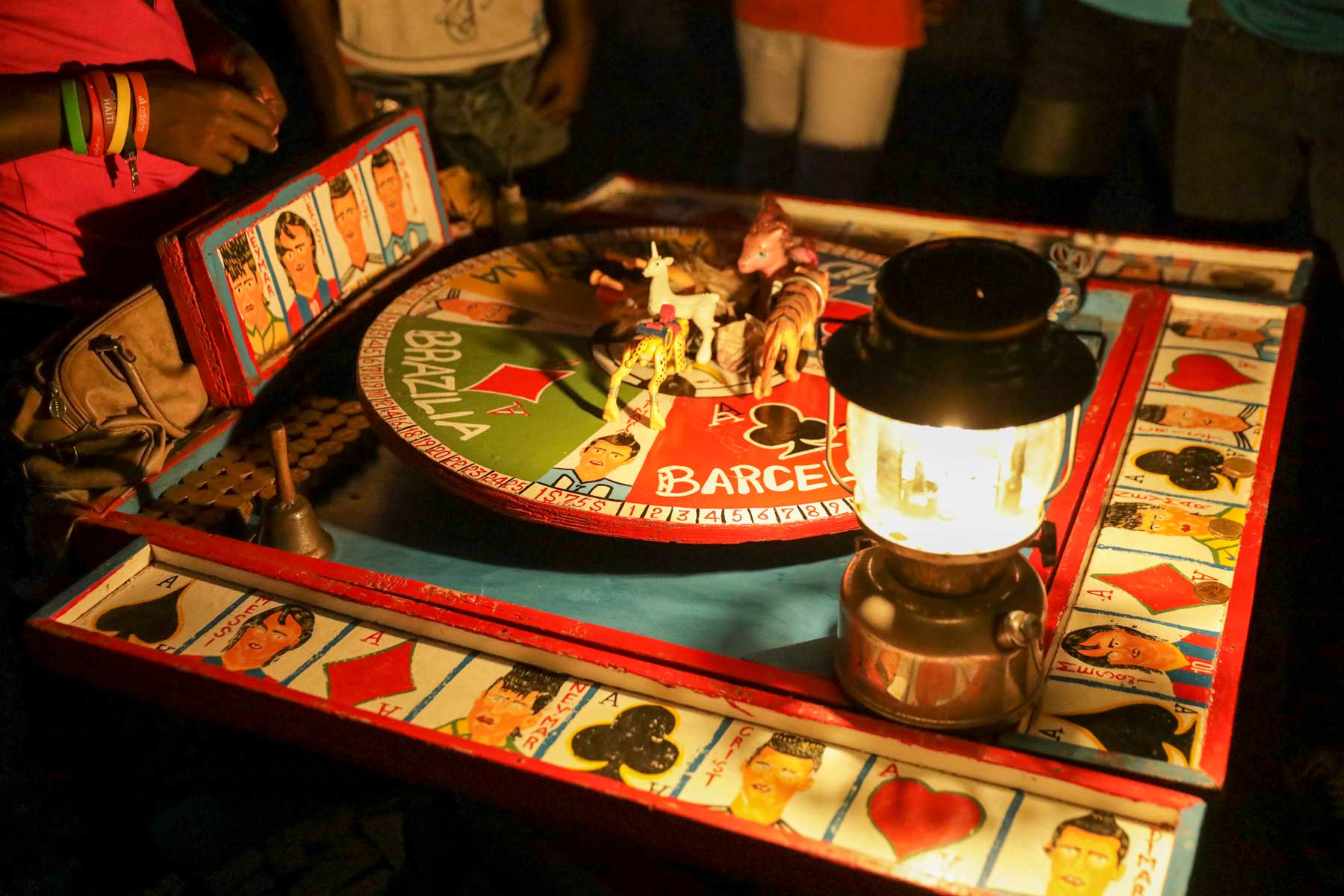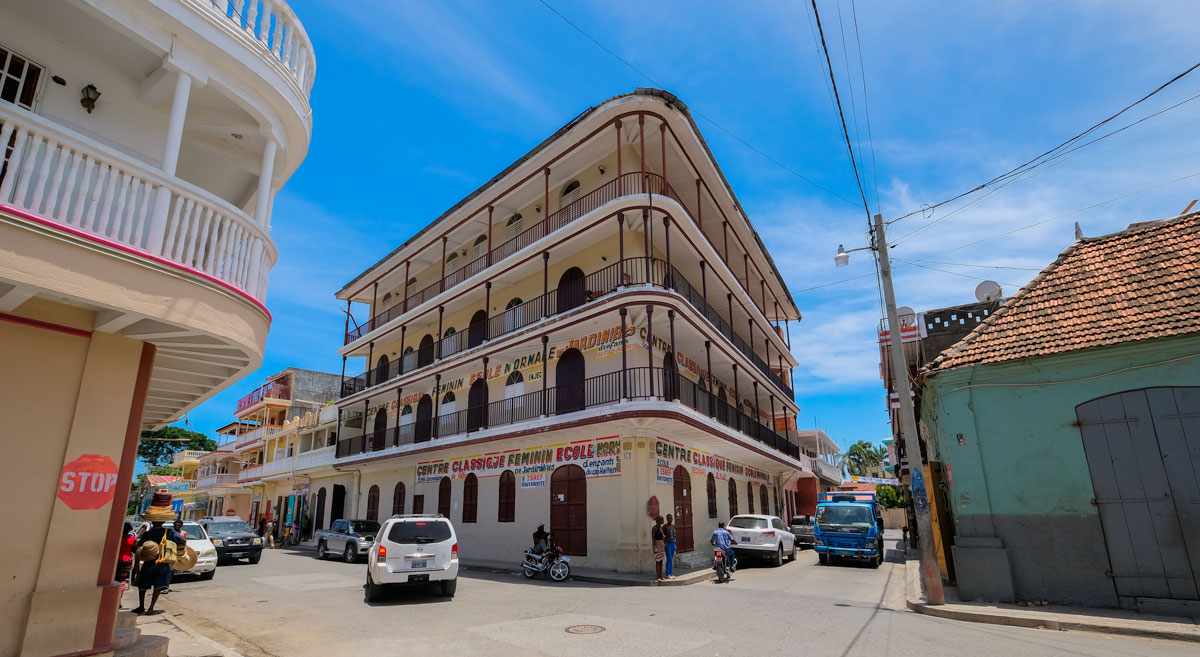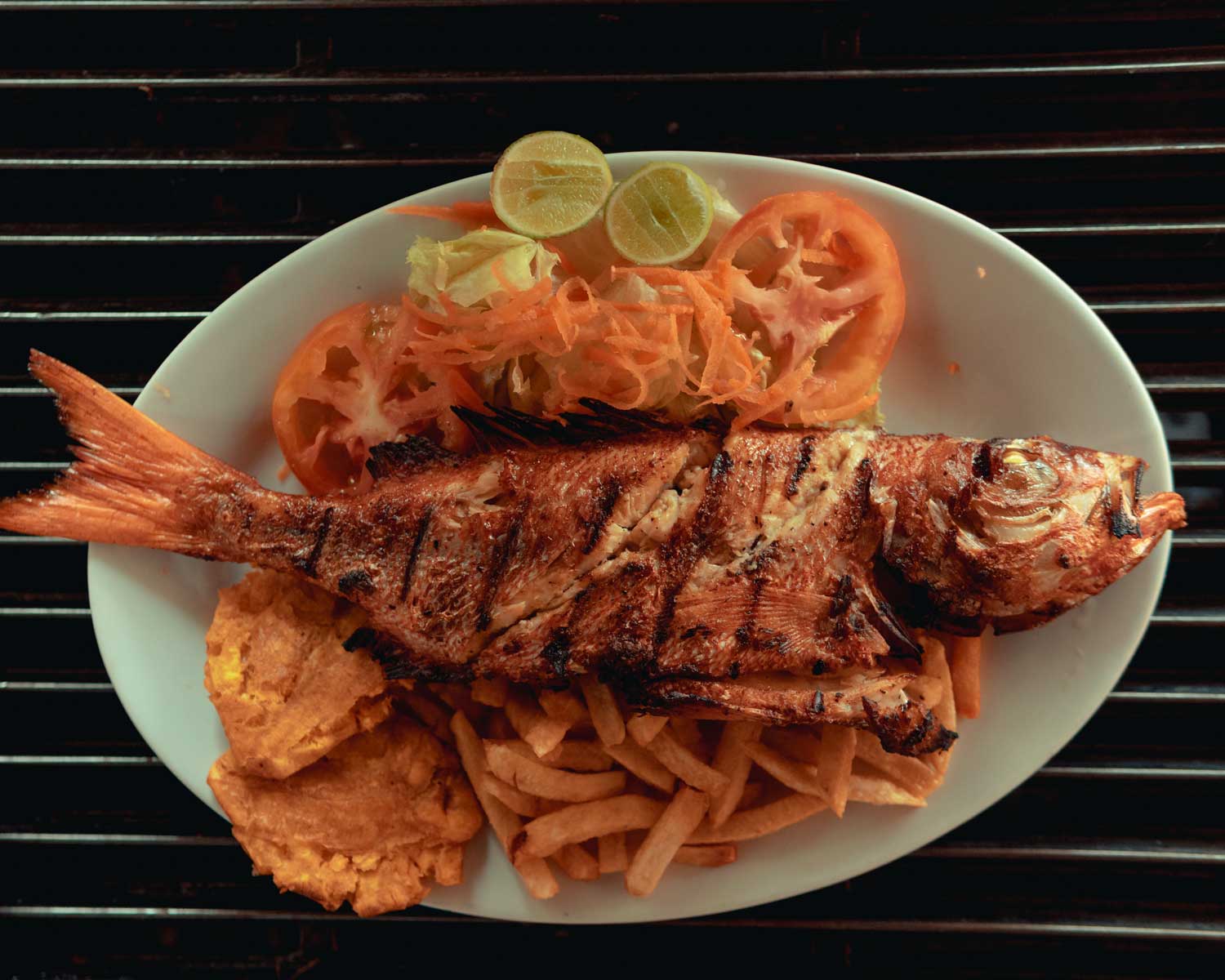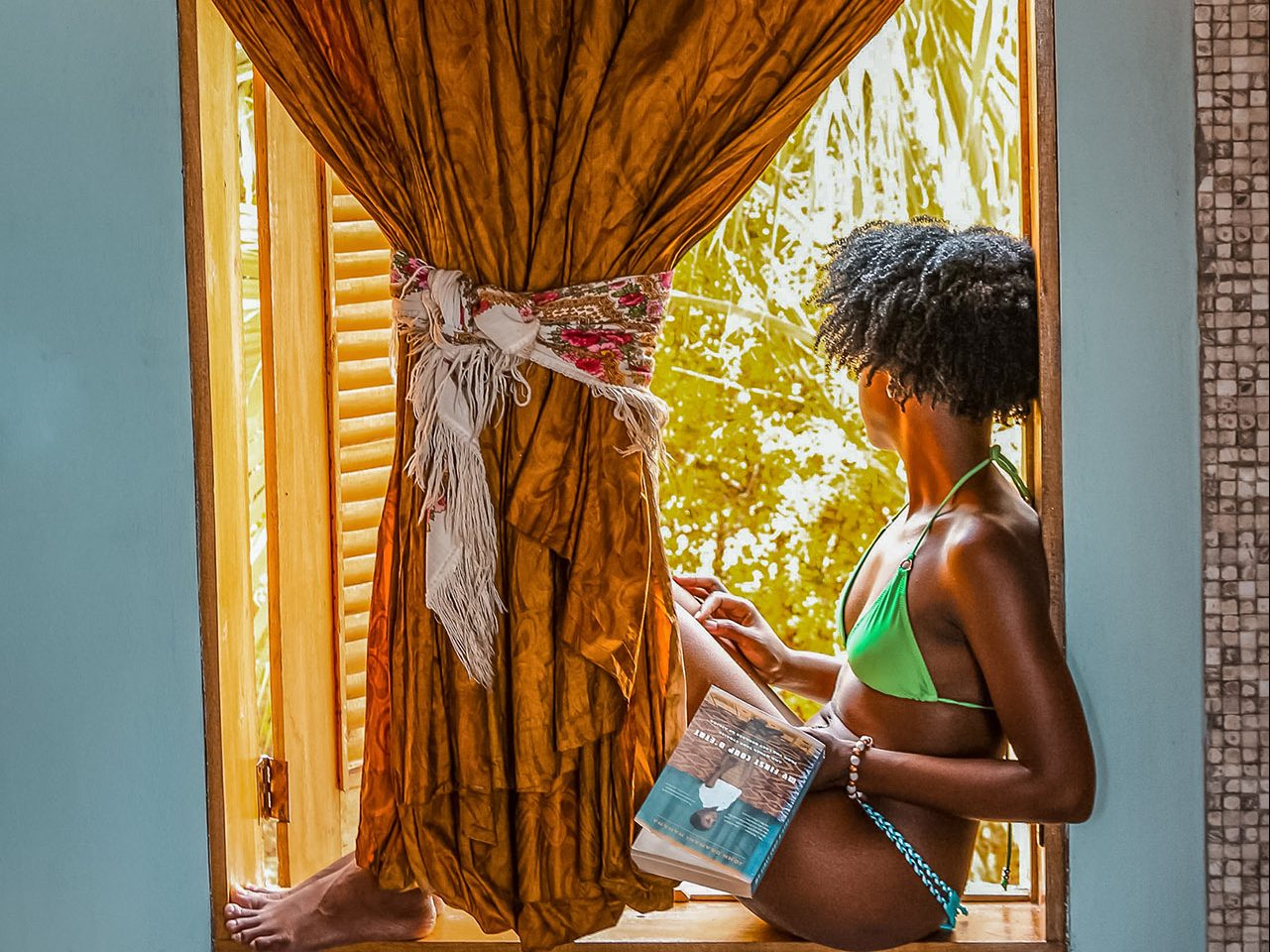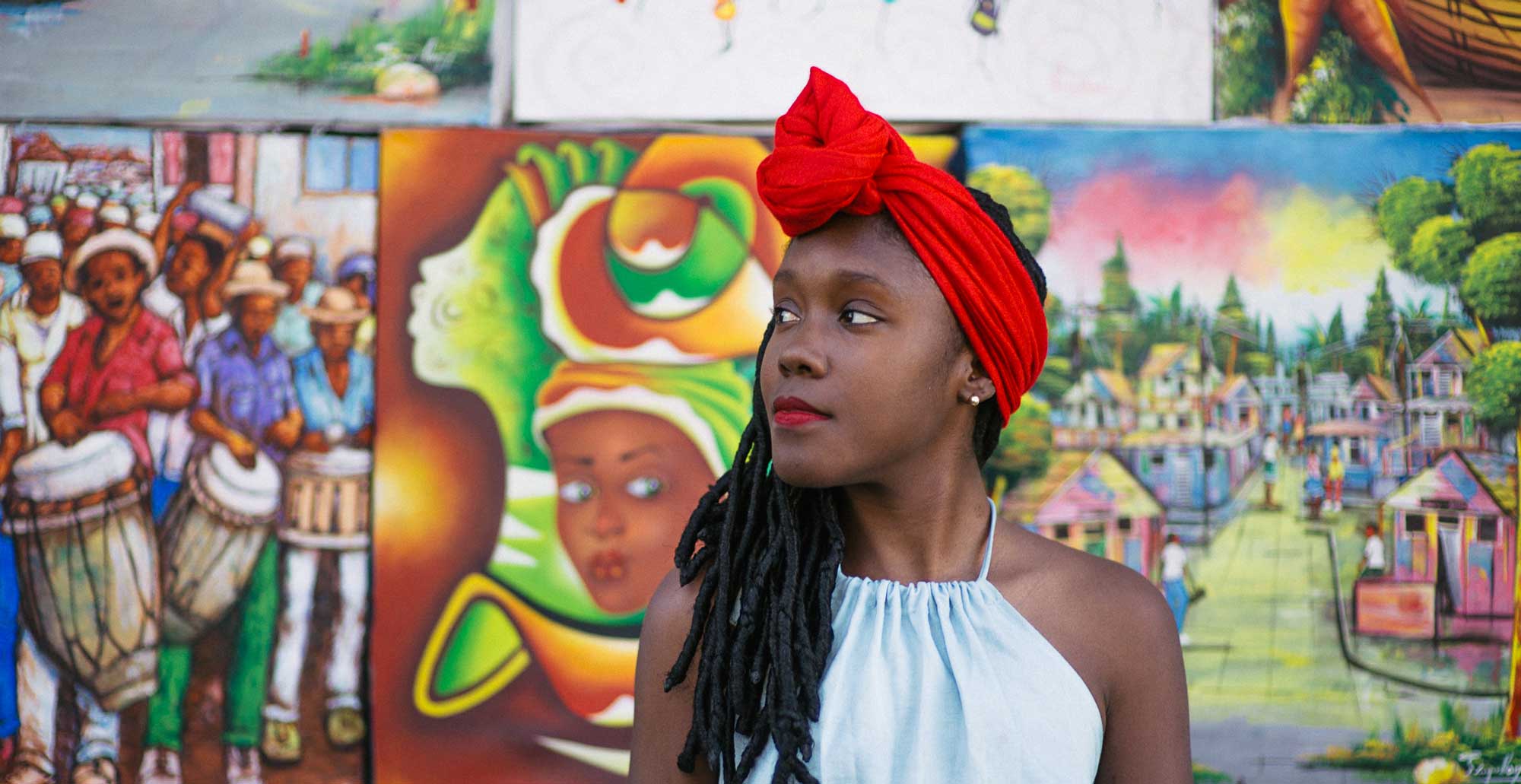
Photo: Franck Fontain
La Maison Dufort
In the quiet residential area of Bois-Verna in Port-au-Prince, you will find la Maison Dufort (the Dufort House), one of the jewels of the emblematic architectural style of Gingerbread houses in Haiti. It is a vestige of this architectural style that was especially popular around the turn of the century in Haiti – in cities such as Port-au-Prince, Jacmel, Cap-Haïtien, or Jérémie.
With their particular charm, these houses have managed to remarkably resist Haiti’s hot and humid tropical climate, not to mention numerous natural disasters over the years. Nowadays, they constitute an integral part of Haiti’s architectural heritage, and the Dufort House is undoubtedly one of the most curious examples of this classic and refined architecture.
The Dufort House: Over a century of History
The house is also in a quiet area of Port-au-Prince where art lovers of all kinds can meet to display their works, discuss art during a gallery opening, and admire the exhibitions that cover the walls of the charming house. Or you can simply enjoy a cold beer during a show or concert.
If you ever take a detour between 2nd and 3rd Avenues du Travail, it is unlikely you’ll resist the flowery façade, old wooden doors, pointed roofs, and magnificent balconies of the Dufort House. The arrangement of these architectural elements gives the structure an eclectic look that contrasts with the peaceful neighborhood of Bois-Verna. The Dufort House is a true architectural masterpiece and one of the most remarkable examples of this typically twentieth-century Haitian style.
Haitian architect Léon Mathon, one of the three main architects who would popularize this architectural style in Haiti, designed the house in 1910. Like most of the other Gingerbread houses built during this period, it was first used as a family residence, belonging to – none other than – the powerful Dufort family. The structure was then used as an office building until 2010, when the January 12 earthquake severely damaged it.
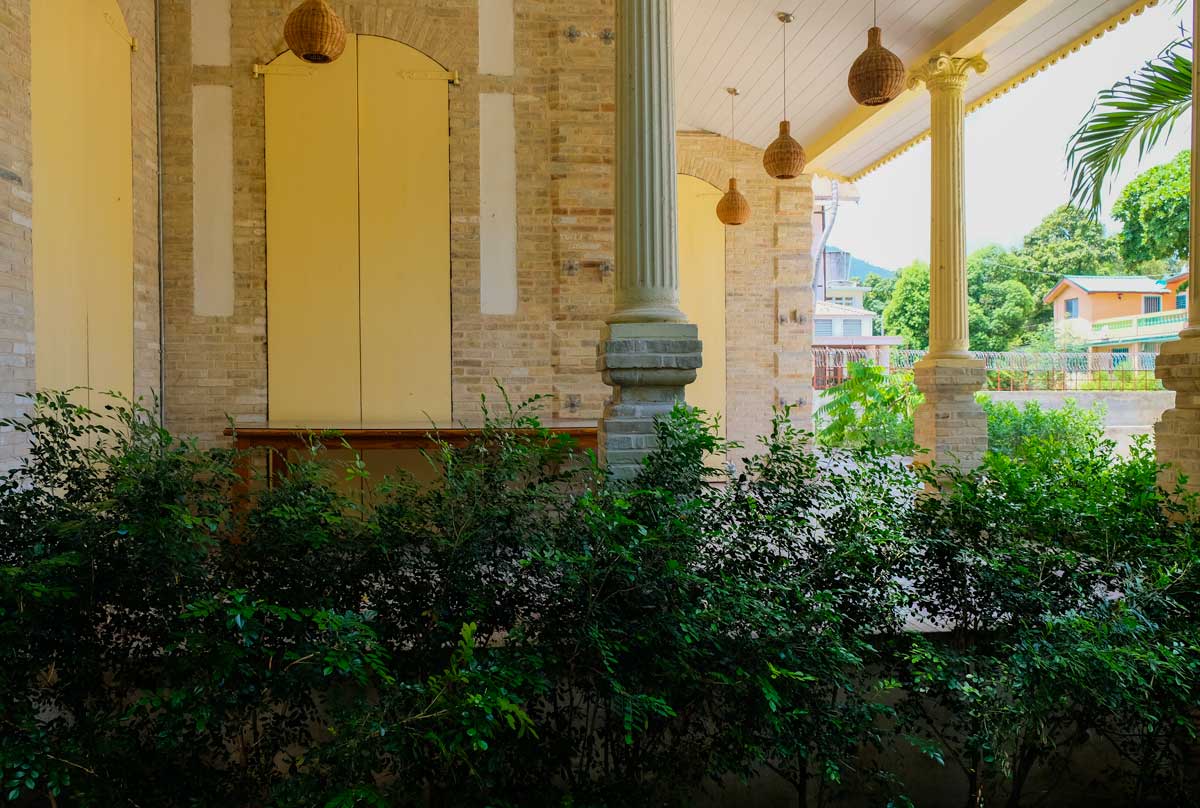
Photo: Franck Fontain
A walk through Maison Dufort
The Dufort House presents its visitors with an agreeable mix of opulence, elegance, class, and comfort. The building is nestled amidst a rustic setting that consists of a 1,200 square meter paved courtyard, a bougainvillea garden, and flowerbeds all around the house. Taken all together, it’s a serene setting where you can quickly forget the somewhat chaotic feeling of Port-au-Prince’s urban center.
The main entrance leads into a vestibule that connects to three other rooms. Opposite the vestibule is a magnificent wooden spiral staircase that leads to the second level. The second level’s high roof, beautiful casement windows, wooden floor, and balcony are all typical of Gingerbread architecture. These elements ensure that the rooms on the upper level maintain a pleasant ambient temperature, thanks to the constant breeze.
The Dufort House is of particular architectural interest, as it combines the two most distinctive features of Haitian Gingerbread architecture. While some buildings of this type are either entirely brick or entirely wood, the Dufort House elegantly combines these two varieties. The first level has a concrete and brick frame, but the second level is made entirely of wood, not to mention its wooden balcony, which is an unmistakable feature of these historic homes.
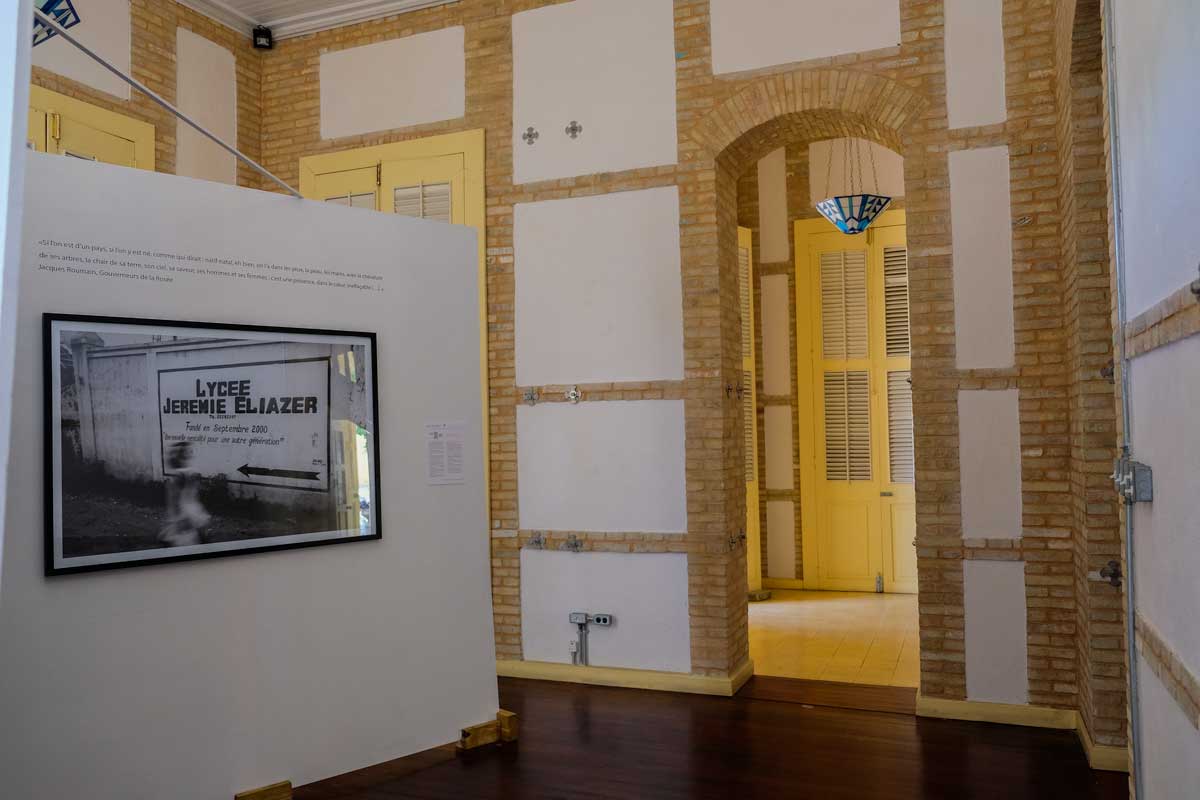
Photo: Franck Fontain
Le Musée Dufort
The Dufort House Museum is currently run by Fondasyon Konesans ak Libète (the FOKAL Foundation), which uses it as a museum for the various exhibitions it organizes with other partners, such as Centre d’Art (the Art Center). The Dufort House hosts major artistic and cultural events, including the Vives exhibition in January and February of 2022, and still presents other seasonal exhibitions or cultural activities.
In 2016, the house and museum were renovated with the support of FOKAL and WMF as part of a worksite dedicated to preserving the architectural heritage of Gingerbread houses in Haiti. It has been operational and open to the public since.
Today, the House and Museum are Port-au-Prince’s true refuge for art enthusiasts. Just finding oneself inside its timeless setting makes the trip well worth it. The structure is a work of art itself, and the exhibits will make you want to visit time and again.
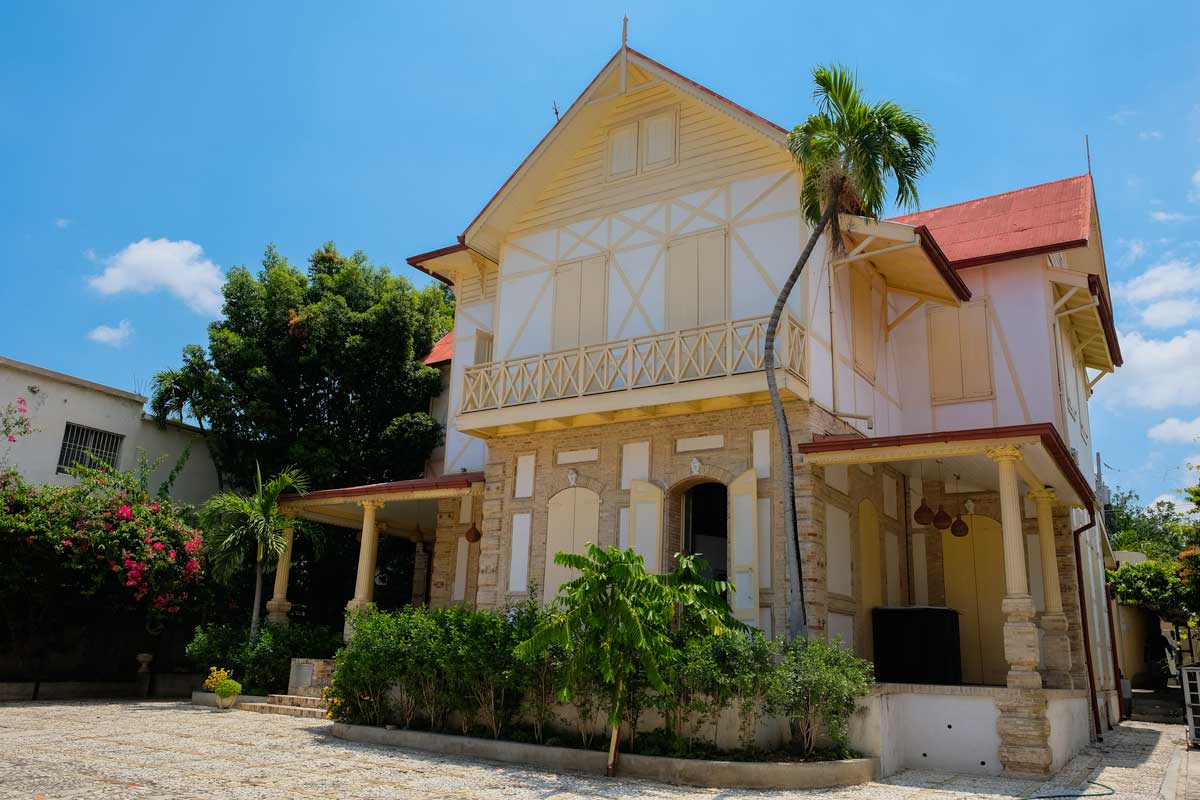
Photo: Franck Fontain
How to visit
The Dufort House and Museum are located at number 9 on the 2nd Rue du Travail, in Port-au-Prince, right down the street from Saint Adres medical institute, between the 1st Rue du Travail and Rue Vilmenay. The fastest route is from Champs-de-Mars via Avenue Charles Sumner, which then forks into the Second Avenue du Travail. Hiring a taxi would be most ideal.
Written by Costaguinov Baptiste.
Published November 2020.
Find La Maison Dufort
External Links
Check out upcoming events at Maison Dufort.
Explore Haiti’s History & Heritage

Paradise for your inbox
Your monthly ticket to Haiti awaits! Get first-hand travel tips, the latest news, and inspiring stories delivered straight to your inbox—no spam, just paradise.




